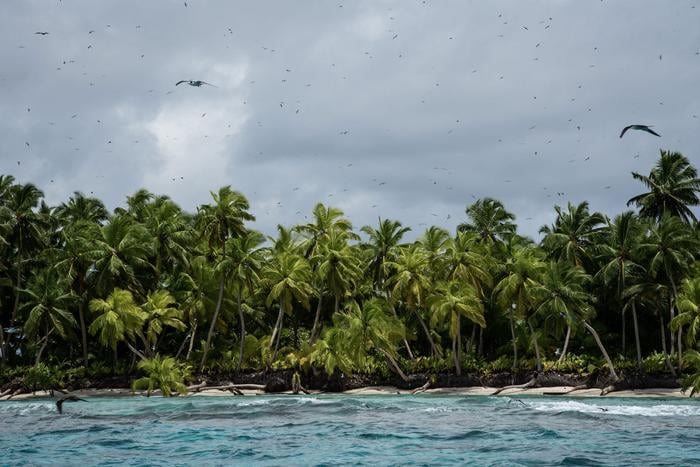A new study by an international team of marine scientists, led by researchers at Lancaster University, has found that removing invasive rats and restoring native vegetation on remote tropical islands could lead to a significant increase in seabird populations. The research also revealed that there are sufficient fish populations in the surrounding seas to support these restored seabird populations.
The Impact of Invasive Species and Habitat Restoration on Seabird Populations
Dr Ruth Dunn of Lancaster University, the lead author of the study, emphasized the devastating impact of invasive species, such as rats, on native seabird populations. “We know that invasive species, such as rats, have devastating impacts on native seabird populations – they eat the eggs, chicks and even sometimes adult birds,” she said.
The researchers calculated the potential recovery of seabird populations under three different scenarios of rat eradication and native vegetation restoration on 25 islands in the remote Chagos Archipelago in the Indian Ocean. Their modelling showed that removing rats alone could result in an 18-fold increase in breeding pairs of lesser noddies, sooty terns, and red-footed boobies, reaching nearly 24,000 pairs. If native vegetation was restored to half of the islands’ surface area, the breeding pairs could reach 83,000, and if restored to three-quarters of the islands’ surface area, the number could exceed 280,000 breeding pairs.
The Wider Benefits of Island Restoration for Coral Reefs
The benefits of seabird population recovery extend beyond the islands themselves. Seabirds play a critical role in cycling nutrients from the deep ocean onto islands and adjacent coral reefs through their droppings, known as guano. The researchers found that the increase in seabird numbers would lead to a 52 percent increase in fish biomass on the reefs, equating to around 50,000 tonnes more reef fish around the islands.
Professor Nick Graham of Lancaster University, a co-author of the study, highlighted the substantial role island restoration can play in enhancing the resilience of adjacent coral reefs to the impacts of climate change. “These findings underscore the substantial role island restoration can have not just in bolstering vulnerable seabird populations, but also in enhancing the resilience of adjacent coral reefs to the impacts of climate change,” he said.
The study, funded by the Bertarelli Foundation, is the first to consider the availability of prey fish for restored seabird populations and could become a vital consideration to guide future island restoration projects around the world. The research team hopes their findings will serve as an important case study to guide island restoration projects elsewhere, including the potential consideration of marine protected areas that limit fishing as part of these projects.
For more information on this study, please refer to:
- The original research paper, “Island restoration to rebuild seabird populations and amplify coral reef functioning,” published in Conservation Biology
- Dr. Ruth Dunn bio


